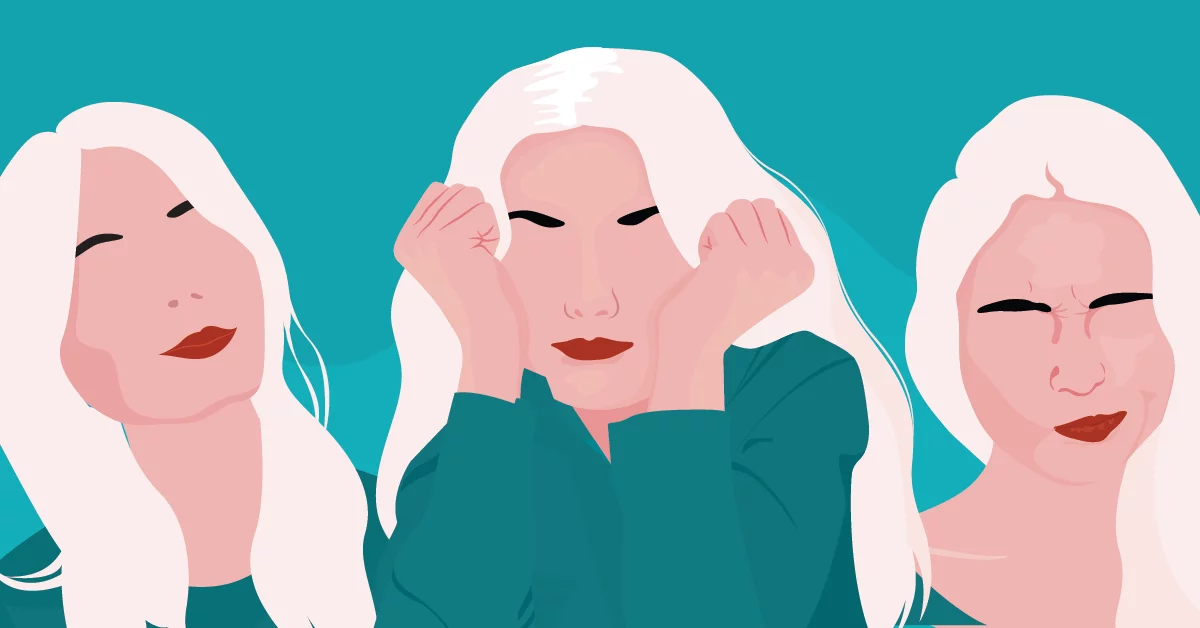Humans sometimes communicate non-verbally through the use of body motions and body behavior. We can continuously send nonverbal messages and be judged based on our gestures without someone listening to our speech. People often use body language, referred to as kinesics, as a physical and non-verbal form of communication to convey their emotions and intentions. The use of body motion or body behavior is an integral part of social interaction, which involves the use of several modalities to emphasize and enhance the clarity of our words while speaking. Body motion and body behavior can act as powerful tools for convincing people of our sincerity, earnestness, and enthusiasm. Incorrect use of body motions and body behavior can distract or suggest meanings which are opposite to what we are trying to convey verbally. For us to persuade, entertain and motivate, our physical actions must project what we say. This paper will focus on the body motions and body behavior of customers queued at the bank waiting to be served.
This is a case study report on the physical actions and body behavior of customers at Lloyds Bank queuing and some sitting on the couch waiting to be served. The observation of their body motions and behaviours was made without their knowledge. My interest was directed toward their speech, physical movements, behavior, and gestures. From the observation, it is evident that they were using all of these gestures; emblems, regulators, illustrators, adaptors, and affect displays frequently within the bank premise.
I noticed the use of emblem gestures by both the customers and the customer service team at the bank. One emblem gesture I saw being used was the hand gesture of waving up to signal the next customer in the queue to be served. The assistant at the customer service area was frequently using his hands with the index finger pointing out while waving to invite the next customer to be served. Another use of emblem I noticed was the use of an ‘OK’ sign to signal to the customer that he or she has been served and everything is right. This sign was made with the thumb pointing out and the other fingers clenched together. The use of the emblem makes communication easy because the person receiving the gesture quickly grasps what it means.
I could see the use of illustrators among some customers amid their conversations in the bank, though not frequently I saw two customers conversing and one holding her hands apart as a gesture to indicate perhaps the size or quantity of their subject matter. The customer agents were using illustrators, like pointing their fingers to some specific doors to direct customers to where the services they need are rendered. Illustrators compliment spoken messages by creating a visual image of the people speaking. The use of illustrators was more common among the customers during their conversations, and other customers guided others to locate the office they were searching for by pointing to them the entrances.
Regulators were another form of gesture repeatedly used among the customers and the customer agents while communicating. Regulators control how someone is speaking (Dael, Mortillaro and Scherer 2012). Observed customers were speaking to each other while nodding, which can be construed as a way of encouraging the speaker to continue or as an act of approval by the listener. The customers at the bank could also be seen frequently nodding while being served by the customer agents, perhaps as a show of understanding of what they are being explained by the customer agent. I could also notice some eye movements among the customers, perhaps a sign of boredom and waiting for so long to be served. Lifting of head amid conversation is another form of regulator I noticed among the customers, perhaps as a sign of someone wanting to speak up. Moving away while conversation among yourself is another body motion which signals the conversation is coming to an end (Dael, Mortillaro and Scherer 2012). I could see customers, after being served, walk out of each other.
Adaptors are gestures seen as changes in posture and movement did with little awareness. The person portraying this gesture is usually unaware of it and usually gives a clue of what someone is thinking or feeling (Lhommet and Marsella 2014). Adaptors like shifting positions while seated were repeatedly being done by customers as a way of finding comfort due to the long queue at the bank. I noticed some customers seated while holding themselves with their ankles locked together, which signals to someone that they are nervous and uncomfortable with waiting to be served.
Affect display is our facial expression or body language, which portrays our emotions. Our body posture and facial movements communicate some feelings to others. It was so common among the customers to see them slouching in the coaches due to waiting for long to be served as a sign of nervousness and frowning indicating displeasure. Some customers could be seen holding their cheeks while seated, perhaps as a sign of someone lost in her thoughts or considering something.
In conclusion, our body motions and body behavior speak volumes about ourselves and can be interpreted to know how we feel or think. Body motions and body behavior also act as fundamental ways of social interaction.
